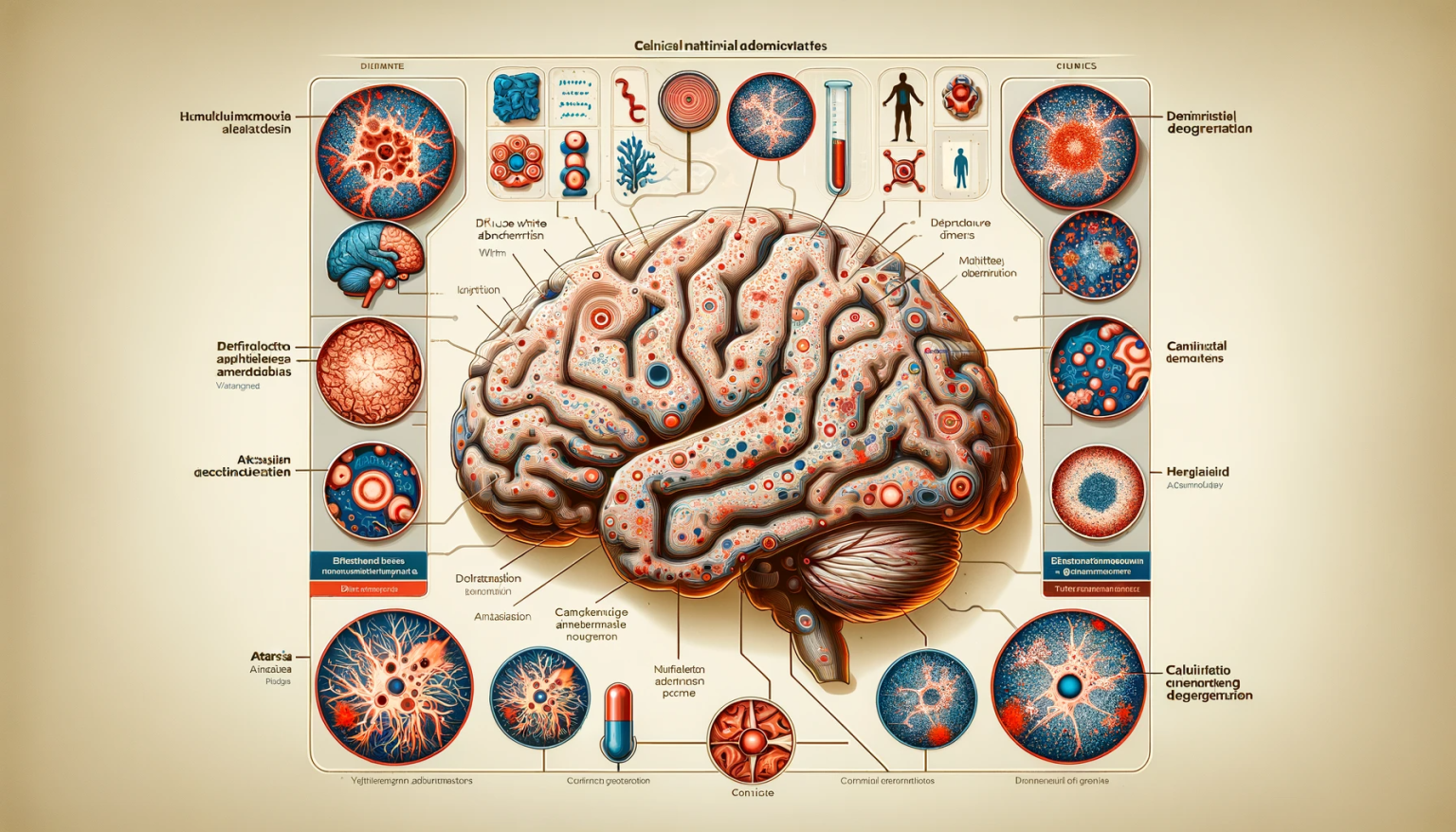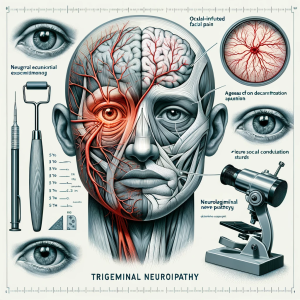
Introduction
Neuromyelitis Optica (NMO), also known as Devic’s disease, is a rare, autoimmune disorder primarily affecting the spinal cord and optic nerves. Characterized by demyelination and inflammation, it leads to episodes of optic neuritis and myelitis. Historically considered a variant of multiple sclerosis (MS), NMO is now recognized as a distinct entity, largely due to the discovery of a specific antibody marker, aquaporin-4. The disease course can be relapsing or monophasic, with each attack potentially causing cumulative neurological disability.
Pathophysiology
The pathogenesis of NMO involves the production of autoantibodies against aquaporin-4 (AQP4), a water channel protein predominantly expressed in the central nervous system. These antibodies are believed to initiate an immune response, resulting in inflammation and demyelination in the optic nerves and spinal cord. Recent insights suggest a complex interplay of B-cell and T-cell-mediated immunity. Understanding these mechanisms is crucial for developing targeted therapies.
Clinical Presentation
NMO presents with acute episodes of optic neuritis, which can lead to pain and vision loss, and transverse myelitis, resulting in limb weakness, sensory loss, and bladder/bowel dysfunction. Unlike MS, brain lesions are less common in NMO. The severity and recovery from attacks vary, with some patients experiencing residual deficits. Additional manifestations may include intractable nausea and vomiting, a symptom linked to brainstem involvement.
Diagnostic Approach
Diagnosis of NMO is based on clinical presentation, MRI findings, and the presence of AQP4 antibodies. MRI of the spinal cord typically shows extensive lesions, often spanning multiple vertebral segments. Brain MRI findings, when present, differ from those seen in MS. The detection of AQP4 antibodies in serum significantly enhances diagnostic accuracy. Additional investigations include cerebrospinal fluid analysis and visual evoked potentials.
Management and Prognosis
Management of NMO focuses on acute treatment of relapses, typically with high-dose corticosteroids and plasma exchange, and long-term immunosuppression to prevent relapses. Recent advances have led to the development of new therapies targeting B cells. Early and aggressive treatment is crucial to prevent relapses and disability. The prognosis of NMO varies; some patients experience only a few attacks, while others may have a more severe and progressive course.








